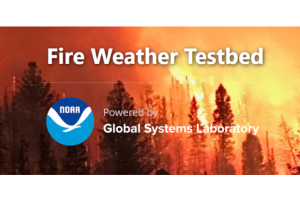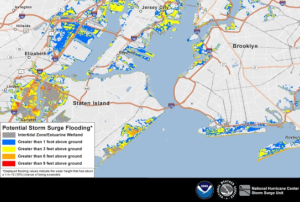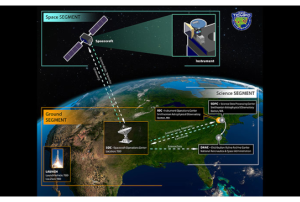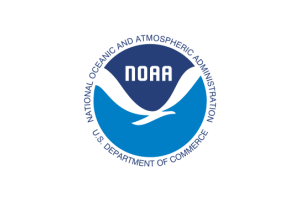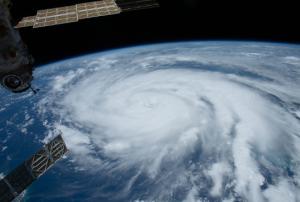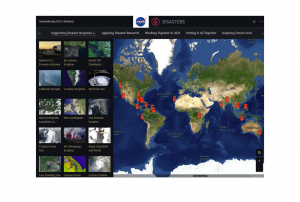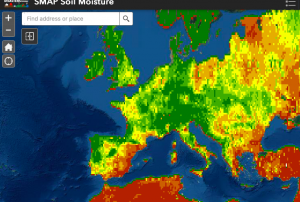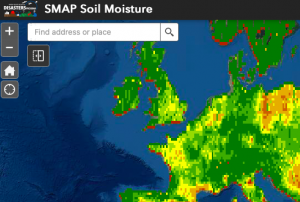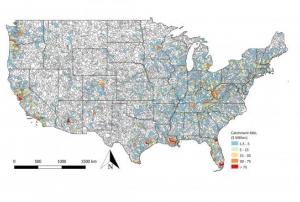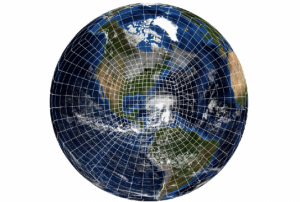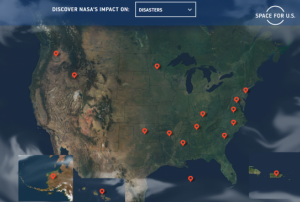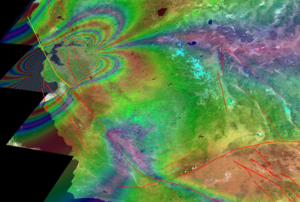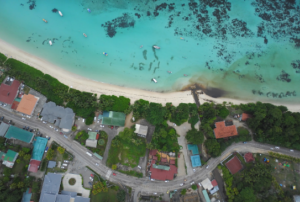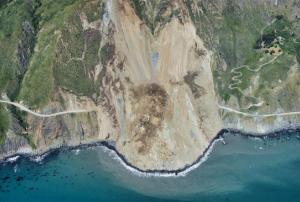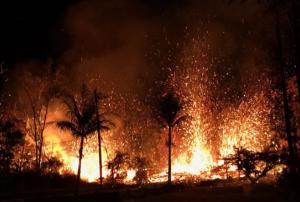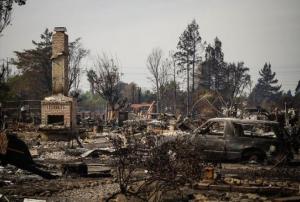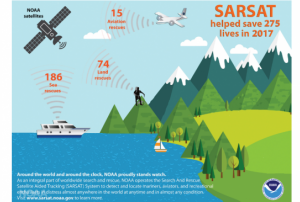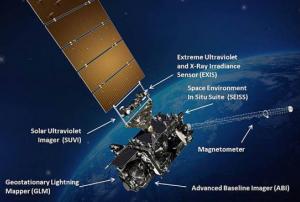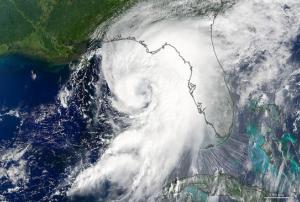The National Oceanic and Atmospheric Administration (NOAA) has recently tested two innovative tools designed to enhance wildfire detection and response. These tools, part of NOAA's Next Generation Fire System (NGFS), were evaluated during a week-long series of simulations at the new Fire Weather Testbed in Boulder, Colorado. The goal: to accelerate and improve the accuracy of wildfire detection and warning capabilities across the United States.
Unveiling the Next Generation Fire System
The NGFS utilizes artificial intelligence to rapidly identify wildfires using data from NOAA’s geostationary satellites. This system can detect fires as small as one acre, allowing for quicker responses during critical early stages. Once a fire is detected, the NGFS provides detailed information about its location and intensity through a comprehensive dashboard. This dashboard integrates satellite imagery with crucial data such as weather outlooks…
more